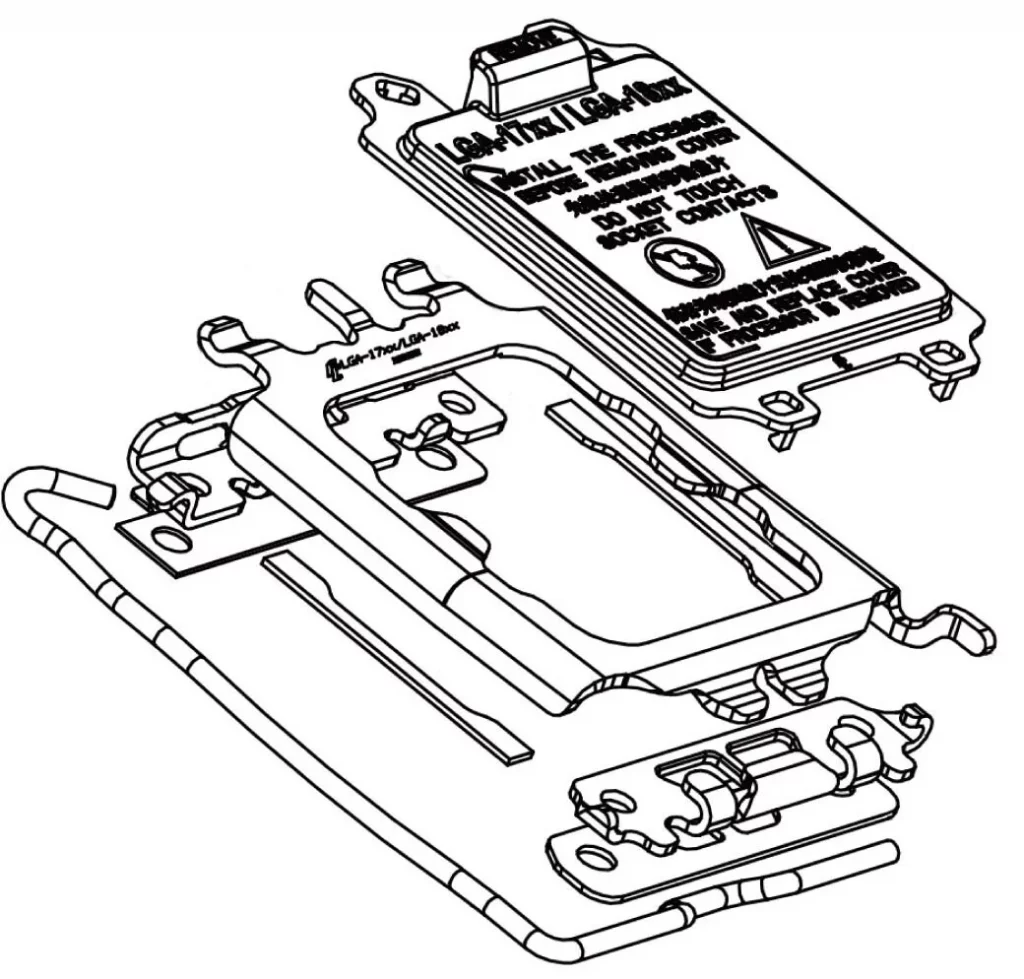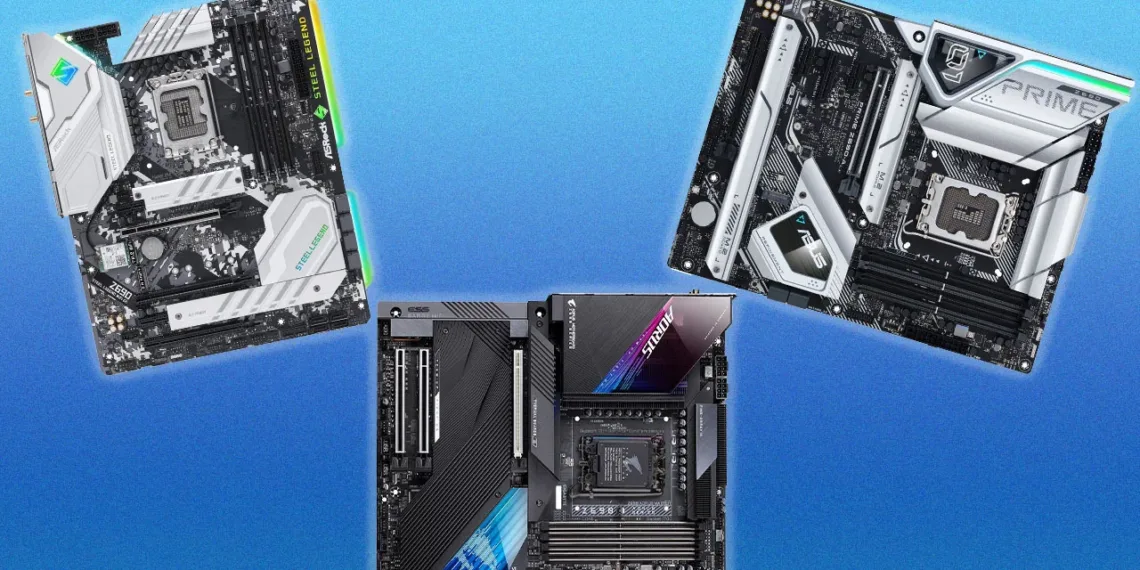There has been a lot of discussion over the price of Z690 motherboards, and the simple answer is that all elements combined have resulted in more expensive motherboards; however, there are a few important components that are major contributing causes.
Although the PCB is a contributing component, we’re talking about a couple of dollars in extra cost, not only for the higher grade PCB materials themselves but also because boards with DDR5 memory are more expensive to create because more care must be taken with the overall design. The physical LGA-17xx CPU socket and retention mechanism, which is supposedly roughly four times as expensive as the LGA-12xx socket, is the single component that has driven up the cost the most.
Although we don’t have a precise cost for either socket, an LGA-115x socket costs roughly $5 in small quantities, and motherboard builders are likely to pay less per unit because they buy much larger sockets. Even so, it appears that LGA-17xx sockets should cost roughly US$10-15 in big quantities. After the chipset, which has a list price of US$51, the CPU socket is the second most expensive component on most Z690 motherboards, costing $1 more than the Z590 chipset.

As Intel transitioned from IMVP8 to IMVP9.1, DrMOS (Driver MOSFET) modules were replaced by SPS (Smart Power Stage) modules. This design shift has resulted in the usage of more expensive power designs and parts that are in short supply, resulting in each power phase on a Z690 motherboard costing around twice as much as on a Z590 motherboard.
On the plus side, they should be more efficient and have lower thermals than a DrMOS design, and prices are expected to drop with time. However, because we’re seeing boards with more power stages than in the previous, this is, as far as we can tell, the Z690 motherboards’ second most expensive design modification. Because an IMVP8 power architecture isn’t conceivable for a Z690 motherboard, there’s no option to save money here except by employing fewer power phases.
A PCIe 5.0 retimer is also required on high-end motherboards with two PCIe 5.0 slots. Unfortunately, we were unable to locate prices for PCIe 5.0 timers; nonetheless, an eight-lane PCIe 4.0 timer costs roughly US$45 in small numbers, implying that motherboard manufacturers are paying as much as US$20-30 per timer in larger quantities. However, most Z690 motherboards don’t have this issue because just one PCIe 5.0 slot is necessary.
A PCIe 5.0 retimer is also required on high-end motherboards with two PCIe 5.0 slots. Unfortunately, we were unable to locate prices for PCIe 5.0 timers; nonetheless, an eight-lane PCIe 4.0 timer costs roughly US$45 in small numbers, implying that motherboard manufacturers are paying as much as US$20-30 per timer in larger quantities. However, most Z690 motherboards don’t have this issue because just one PCIe 5.0 slot is necessary.
None of the above takes into account the current global scenario, in which just about every component that goes into building a motherboard is in limited supply or has seen a price increase. Everything from the cost of aluminium to resistors and capacitors is included. To keep in mind, most motherboard manufacturers used to order their components three to four months ahead of time, which is no longer practical now since many, if not all, components have a 52-week lead time.
As a result, they’ve had to make significant modifications to how they place orders, which is expected to result in future cost rises. We’ve also heard rumours of possible price hikes for some parts early next year, so if you haven’t acquired the motherboard you’ve been eyeing yet, now could be as good a time as any.
Also read:
- NVIDIA claims it can cool down the GPU shortages by mid-2022
- Latest report suggests that the Snapdragon 8 Gen 1 overheats in the Moto Edge X30
- How did UPI flip the fate of Indian Digital Payment? Read these 6 undeniable factors!
- Exclusive: AMD’s Jay Marsden says FSR was meant to be open-source & cross-platform compatible








